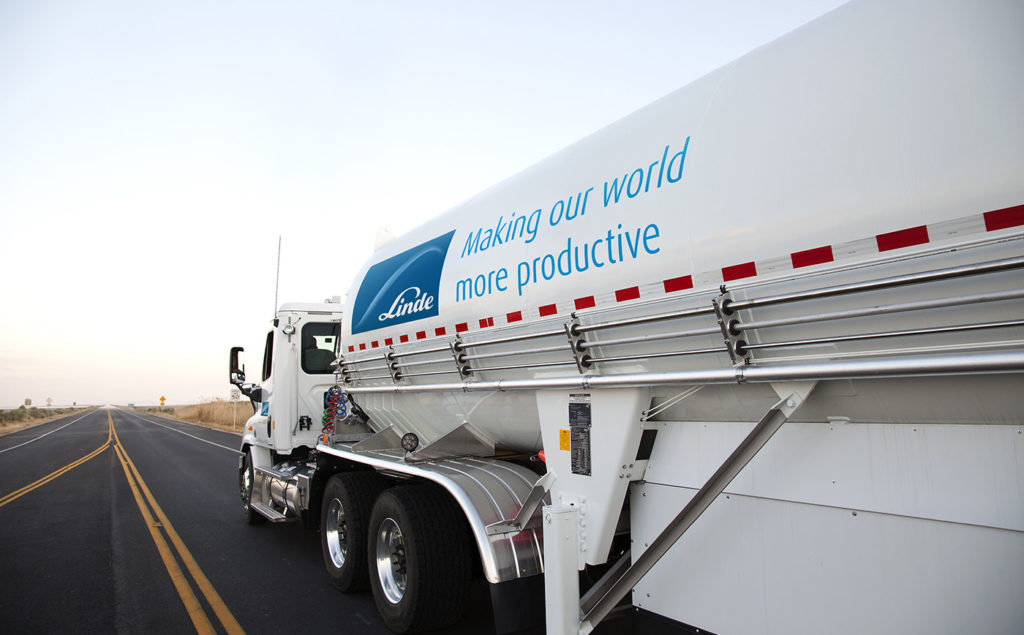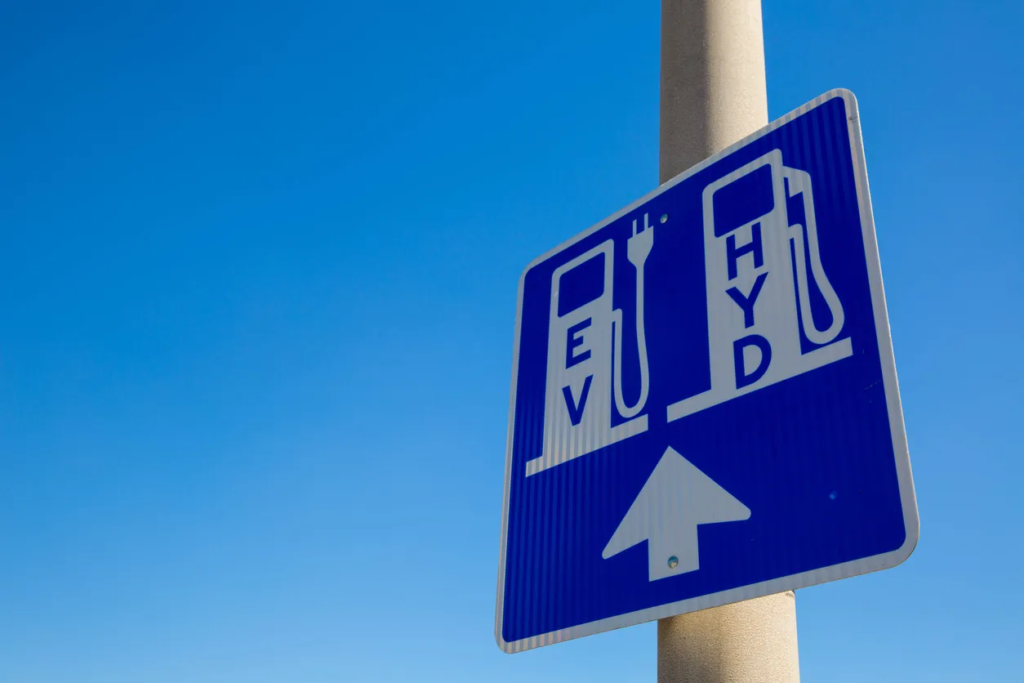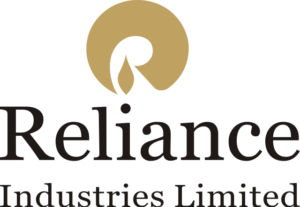Cover photo: Gerd Altmann from Pixabay
We have been using fossil fuels for over a century to generate electricity, power our cars, and move the world’s economy, but with terrible consequences.
Its massive use has spread pollutants all over the planet, worsening climate change and our health, apart from creating the breeding ground for more violent storms and floods, severe droughts, and unexpected snow.
The pressure to adopt clean and renewable energy sources has mounted in the last decades, bringing about the flourishing of technologies such as electric and hydrogen-powered vehicles, as well as power plants driven by fuel cells.
Let’s focus on hydrogen today.
Today’s Focus of Attention is reader-supported. We sometimes include products we think are useful for our readers. If you buy through links on this page, we may earn a small commission.
Hydrogen

Hydrogen has been present in the industrial sector for decades, for instance, to produce ammonia, which is a part of fertilisers; in the production of methanol, used as a solvent; in the food industry to hydrogenate vegetable oils; to make silicon and other semiconductor materials; in the welding field, etc.
But since hydrogen has proven to be a clean and renewable energy source, albeit still expensive, the companies leading the sector are investing in huge facilities to meet the growing demand. This is because many businesses and factories need to slash their carbon emissions and reach net-zero by 2050.
Some examples of the efficient use of hydrogen are the fuel-cell trains in Germany and China, while other promising projects are on the way, including the adoption of H-cells in the aviation industry by Airbus.
The possibilities appear to be endless.
Hydrogen vs Batteries
For many, hydrogen excels batteries.
The first reason is that hydrogen is the most abundant element in the universe, and our planet is 70% water. So, in theory, we shouldn’t have too much trouble finding it. Even if obtaining it is expensive.
Second, battery detractors claim that since the demand for clean energy will grow in the next few years, the supply of lithium-iron-phosphate (LFP) power packs won’t be sustainable as most of the materials used to produce them need to be mined, thus polluting the areas where they take place plus reported forced labour in the mining fields. Apart from that, not all the components can be completely recycled.
But that’s material for another article.
Today, we’ll look at the top leading hydrogen generation companies and how they are working on producing more to respond to the market.

Top Ten (+1) Hydrogen Companies
Linde plc

This American-German chemical company is the leader in the production, processing, and storage of hydrogen, and has the largest distribution system in the business.
Linde offers industries the technology to decarbonise their plants to transition to a more sustainable and efficient industrial process.
In February 2023, this giant announced a $7bn investment over two years, with the goal of meeting the demand from companies looking to curb greenhouse gases, and achieve the net-zero emissions goal by 2050.
Air Products and Chemicals
APC specialises in chemicals and gases for industrial use. They are proud to provide liquid green hydrogen for the Space Shuttle External Tank programme.
By 2027, this firm plans to invest $500m in a production facility in New York and the first large-scale green hydrogen plant in the UK.

Adani Green Energy Ltd

With its headquarters in Ahmedabad, this Indian company is the operator of the Kamuthi Solar Power Project, one of the largest photovoltaic plants in the world.
To produce green hydrogen, Adane has been using renewable biogas, but is now ready to build an electrolyser farm powered by a 4 gigawatt solar and wind field.
Plug Power Inc
Plug Power is focused on hydrogen fuel cells for industrial purposes and vehicles. In 2023, this New York group started two big plants in Spain.

Bloom Energy Corp

The goal of producing hydrogen is to generate clean power, and Bloom is doing that. With its oxide fuel cells, a combustion-free method of generating clean energy, this American company directs its efforts to produce electricity on site.
FuelCell Energy Inc
They design, manufacture, and operate fuel cell power plants. Their products are an alternative to traditional combustion-based generators and are present in over 50 countries.
FuelCell is in charge of the most extensive fuel cell park in South Korea, which comprises 21 power plants.

Cummins Inc

This US business specialises in manufacturing, designing, and distributing engines and power generation products. With the acquisition of Hydrogenics Corporation and Hydrogen Generation Companies, Cummins is poised to take off and break into the fuel cell market in no time.
Shell plc
Headquartered in London, this British company is developing integrated hydrogen hubs to serve both industry and heavy-duty transport.
In July 2022, Shell started building Europe’s largest renewable hydrogen plant, the Holland Hydrogen I in the Netherlands, which will start its operations in 2025. Driven by an offshore wind farm, this facility is expected to produce 60 tonnes of green hydrogen per day.

Reliance Industries Ltd

Reliance considers investing $10bn over the next three years to shift to green hydrogen by 2025. The Indian conglomerate has been in the grey hydrogen market for quite a while, but now is staring at manufacturing a budget-friendly modular electrolyser to deliver green hydrogen at the lowest cost possible.
Air Liquide
For over a century, Air Liquide has produced oxygen, nitrogen, and hydrogen for the industrial sector.
In 2022, the Dutch government gave AL the green light to start two large-scale projects, which combined will produce roughly 30,000 tonnes of green hydrogen per year.
Also, this French organisation is going to raise a couple of production units with carbon capture technology in the Shanghai Chemical Industrial Park.

Sinopec

By 2025, this Chinese oil and gas firm intends to invest $4.6bn to make around 20,000 tonnes of green hydrogen.
They zeroed in on hydrogen as transport fuel.
Sinopec currently produces 3 million tonnes per year from non-renewable sources, primarily for oil refineries and petrochemical processes, but it is building the world’s largest green hydrogen factory, powered by a 300 megawatt photovoltaic plant.
The hydrogen business is burgeoning, no doubt. With the right investments and strategies, this sector can fly higher and make hydrogen the reliable energy source we are all yearning for.
However, to reach this goal, companies have to clear some barriers, including the lack of infrastructure to mass-produce and distribute the green fuel, not to mention production costs, since they are still higher for hydrogen than for fossil fuels.
It would be difficult to challenge an oil industry that has been running for decades and has a vast network of facilities worldwide. But, not impossible. With more parties investing and governments offering incentives, hydrogen could reach the top in a short time.
Perhaps sooner than later, companies will come up with better solutions to overcome all these obstacles, and in the blink of an eye we’ll be using hydrogen to power most of our cars, homes, and, why not, our smartphones.
Who knows?


